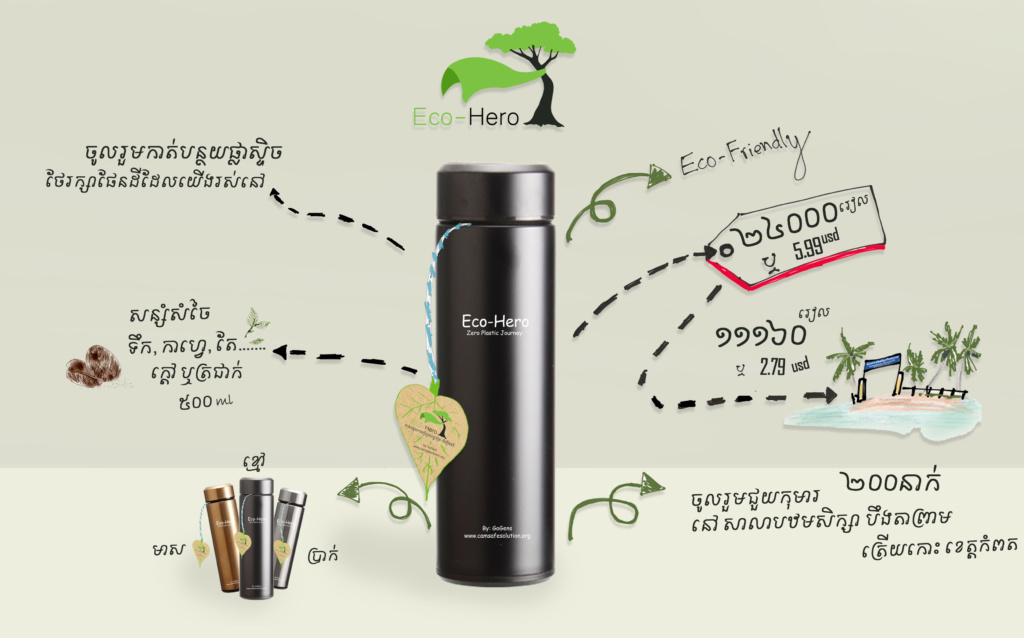Environment
& Public Health
On Earth, humans always interact with environment. The environment in which individuals live, work and relax, is determining for quality of life and well-being. The World Health Organization (WHO) defines environment, as it relates to health, as “all the physical, chemical, and biological factors external to a person, and all the related behaviors.”Human quality of life.
According to the WHO report, about 12.6 million people died because of living in an unhealthy environment. Environmental risk factors, such as air, water and soil pollution, chemical exposures, climate change, and ultraviolet radiation, contribute to more than 100 diseases and injuries.
The consequences of climate change result in heat waves, droughts, loss of sea ice and accelerated sea level rise, and more intense of storms. It threats and impacts are enormous burden.Around 3 million children under five die due to environment-related diseases each year; Diarrhea diseases claim lives of nearly 1.5 million children every year.Between 2030 and 2050, climate change is expected to cause approximately 250,000 additional deaths per year, from malnutrition, malaria, diarrhea and heat stress.
In Cambodia, we have already seen hotter weather and more irregular rainfall, which is predicted to be badly hit when temperatures change further.According to the United Nations Development Program (UNDP),Cambodia is consistently ranked among the top ten countries most vulnerable to Climate Change, and among the three most vulnerable in Asia. Collaborative partnership and diverse capacity would prevent rapid change, and reduce negative impacts on essential things that humans need for good health, food security, quality of air and water safety.

